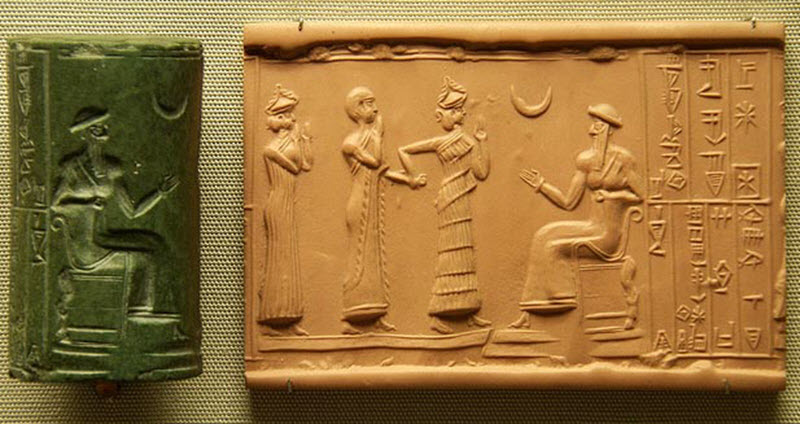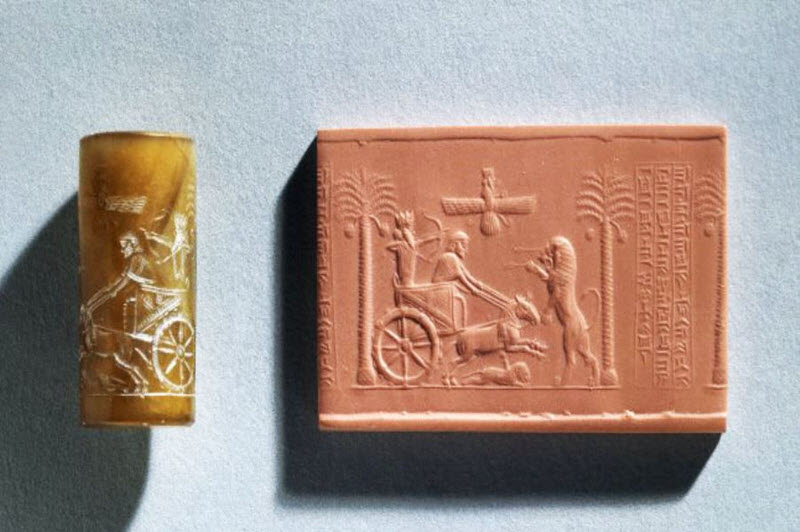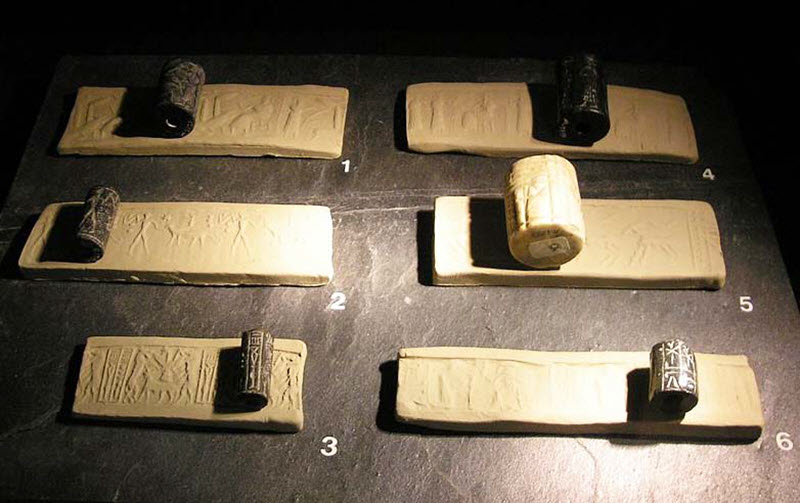Copyright 2020 - 2021 irantour.tours all right reserved
Designed by Behsazanhost
Sealed Secrets
Today it is believed that these seals played an important role in the religious life of their time and that they were probably used, following current beliefs, to avert the evil eye or diseases. Seals of this type have been discovered in various regions of Iran, including Khuzestan, Sistan, Baluchistan, Fars, and Kerman provinces? I n the course of time, with the invention of writing at the end of the 4th millennium BC, seals acquired a new function. The writing was first invented around 3100 BC by Elamite and Sumerian peoples living in Khuzestan and southern Mesopotamia and initially served to record commercial transactions in the urban centers of the time, namely Shush and Uruk. For this purpose, images of the objects bartered were drawn on clay by means of reed or wooden pens and their numbers were indicated with straight lines and dots. With the passage of time, the Elamite script fell in disuse, but the Sumerian script currently used in Mesopotamia evolved into a cuneiform script and was utilized for some three thousand years by various ethnic groups living in the Middle East. Even the Elamites gradually turned to cuneiform writing. Early inscribed clay tablets, in fact, constituted documents concerning the trade and exchange of goods. In order to officialism, these inscribed tablets people marked them with personal seals, which were mostly mode in cylindrical forms. Cylindrical seals, conceived at around the same time as the invention of writing probably in Shush, were quite adopted to their use on clay.
 |
By rolling them on the clay paste, impressions could be transferred to its surface and reproduced at will. This feature of cylindrical seals was also very appropriate for sealing temple warehouses and foodstuff jars. For this purpose, the jars were topped by a layer of cloth which was coated with mud so that its lower edges were entirely covered. Then, by rolling a cylindrical seal all around it, the entire surface of the mud was covered with its imprint. In this way, opening the jar without breaking the mud layer was impossible and the warehouse attendant could easily control the goods in his custody. The seals were carefully carved on small stone cylinders prepared beforehand. The patterns used were greatly varied and covered various subjects. Of course, particular subjects were currently used in different periods and execution styles varied in function of the times and places in which they were produced. Subjects widely used were hunting and warfare scenes, religious ceremonies, festive and music scenes, epic and mythological events, representations of deities, figures of mythic creatures and animals.
Gradually, alongside these patterns, the names of the seals' owners began to be carved as well. In fact, prominent individuals usually had personal seals which they always carried with themselves and used for judicial and commercial purposes. Bas-reliefs discovered in the ancient city of Mari, in eastern Syria, which date back to the second half of the third millennium BC, depict a lady whose cylindrical seal is hanging from a string attached to her waist (fig. 3). Even after an individual's death, his or her seal was buried together with e corpse, so that the deceased could have access to it in the nether world. In addition, seals were among the presents which the dead would offer the gods of the other world.
 |
In a Sumerian epic from the late third millennium BC, in which the death and travel of umammu, the founder of the third dynasty of Ur, are narrated, he is said to carry seals as presents for Khushbishak and Dimpiku, two of the nether world's deities. In order to carry seals, they were usually pierced with a longitudinal hole in which a metallic clamp was fixed. Sometimes a small handle pierced with a small hole was carved at the upper end of the cylindrical stone seal. A string was passed through this hole, enabling the seal's owner to readily carry it around (fig. 4). In Iran, cylindrical seals were used until the Achaemenian period, following which flat seals again replaced them. The use of flat seals instead of cylindrical ones was probably due to the employment of skin and pape instead of clay tablets for writing purposes, because using cylindrical seals on paper or skin was not practical, whereas they were quite adapted to be used on clay.
 |
- Details
- Category: IRAN Blog